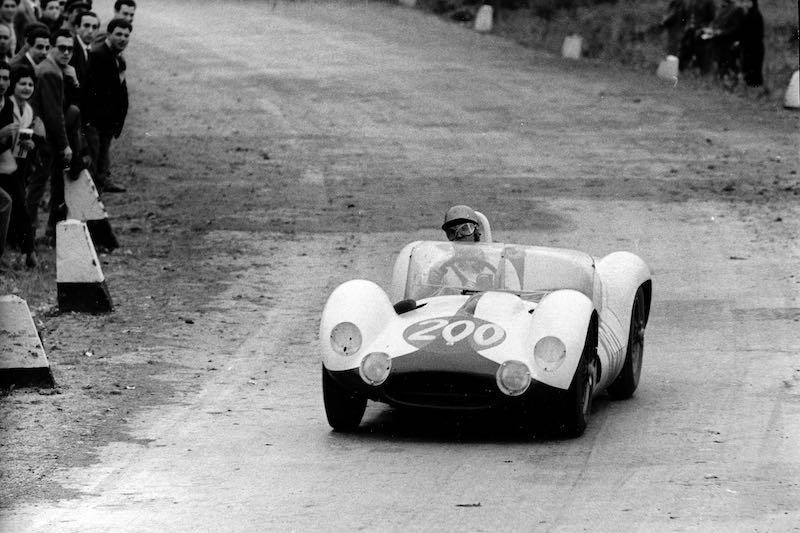On 12 July 1959, the Maserati Tipo 60 ‘Birdcage’, with the 30-year-old Stirling Moss at the wheel, made its race debut in the Sport category at Rouen. The Tipo 60 recorded its first win, defeating two Lotus 15 cars and getting the fastest lap in 2.28.5 at an average speed of 158.594 km / h. This was just the first of a long series of victories: the Birdcage also won four Italian Hill Climb Championships (driven by Odoardo Govoni in 1960-1961-1962 and Nino Todaro in 1963) and two Italian circuit racing Championships (in 1960 with Mennato Boffa and 1963 with Nino Todaro).
In 1958, the Orsi family, at that time the owner of Maserati, decided to assign engineer Giulio Alfieri, technical manager, the project to identify new technical solutions to make the competition cars even more competitive. Alfieri was given complete freedom of action, and this provided the basis for a historic turning-point for the company. The initial idea was to build a new car with a monocoque structure, but this proposal did not go ahead. In October 1958, Alfieri and his collaborators discussed how to achieve light weight combined with very high torsional rigidity. They designed a revolutionary chassis consisting of around 200 steel tubes of very small diameter (between 10 and 15 mm) which, combined together in very short lengths in a complex mesh, formed a birdcage structure — hence the car’s nickname, “Birdcage”.
No Subscription? You’re missing out
Get immediate ad-free access to all our premium content.
Get Started



